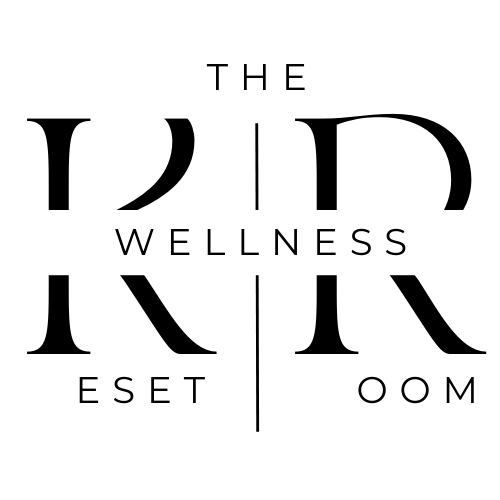The Healing Power of Kindness: Why Compassion Calms the Nervous System
It is World Kindness Day today, and it’s the perfect time to reflect on the quiet strength of compassion — not just toward others, but also toward ourselves.
Kindness isn’t just a nice idea; it’s a powerful nervous system regulator. When we experience or express kindness, the body releases hormones like oxytocin and serotonin — the same chemicals that lower stress and support feelings of connection and calm.
Kindness as Medicine
In a world that often feels fast, reactive, and disconnected, kindness acts like a natural antidote. Simple gestures — a smile, a kind word, a moment of patience — can instantly soften the stress response, shifting us out of fight or flight and into rest and repair.
Just like acupuncture helps restore balance through the body’s energy pathways, kindness restores harmony through our social and emotional ones. Both bring us back to the same place: presence.
Self-Kindness Counts Too
Many of us find it easier to offer compassion outward than inward. But self-kindness is where healing truly begins. Try gentle practices like:
Noticing your inner dialogue. Speak to yourself as you would to a dear friend.
Resting without guilt. Your body restores best when you slow down.
Letting go of “shoulds.” Kindness often means allowing things to be imperfect.
Small Acts, Big Impact
Research shows that even witnessing acts of kindness increases feelings of wellbeing. Imagine the ripple effect if each of us made just one kind gesture every day — for ourselves, for others, or for the planet.
Kindness costs nothing but has the power to regulate stress, build resilience, and remind us that we’re not alone.
Final Thought
Kindness isn’t just emotional — it’s physiological. It calms the body, steadies the mind, and opens the heart. This World Kindness Day, try a simple act of care — send a message, offer a smile, or take a deep, compassionate breath just for you.
Sometimes, healing starts with something as small as kindness.

